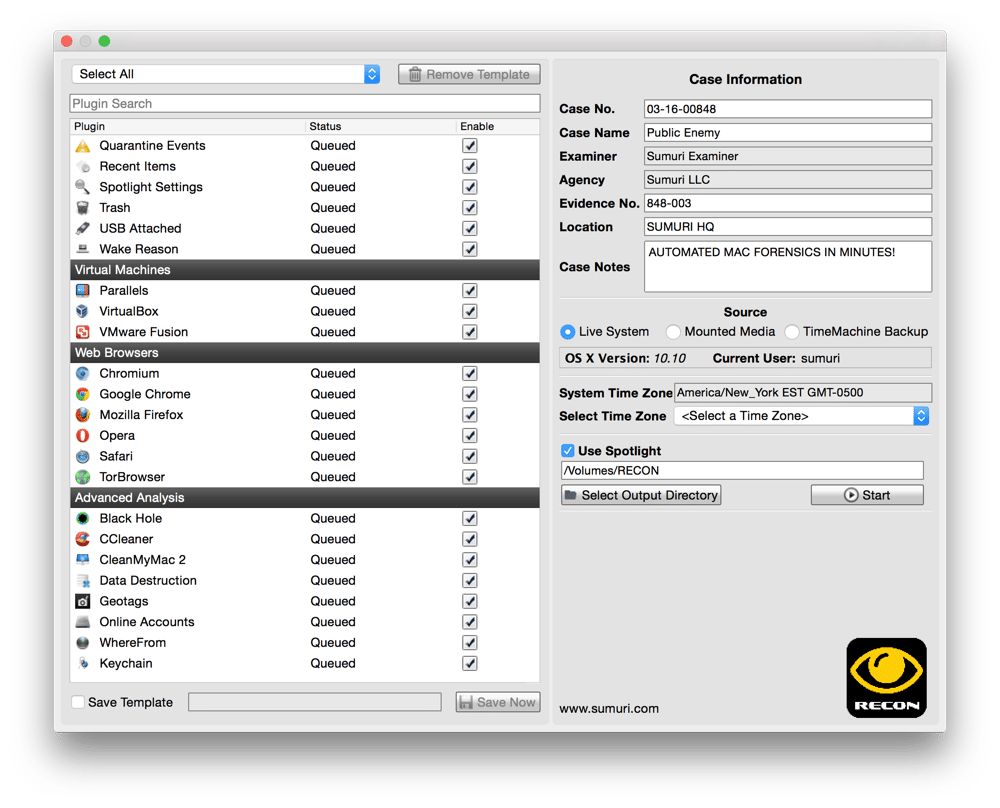Here are 9 tools that provide important details on known and unknown aspects of your Wi-Fi network. Each of these tools gives you the basic wireless details: SSIDs, signal strength, channels, MAC addresses and security status. Some can even reveal “hidden” or non-broadcasted SSIDs, display the noise levels, or display statistics on successful and failed packets of your wireless connection. Two of the tools include Wi-Fi password cracking tools as well, useful for educational or penetration testing purposes.
How to get updates for macOS Mojave
If you have upgraded to macOS Mojave, follow these steps to keep it up to date:
- Choose System Preferences from the Apple menu , then click Software Update to check for updates.
- If any updates are available, click the Update Now button to install them. Or click ”More info” to see details about each update and select specific updates to install.
- When Software Update says that your Mac is up to date, macOS and all of its apps are also up to date. That includes Safari, iTunes, Books, Messages, Mail, Calendar, Photos, and FaceTime.
Daemon Tools for Mac allows you to create disc images that can be mounted independently of a physical media drive on your Mac. It also allows you to mount and run up to four individual images on. Further, if your Mac’s drive lacks a recovery partition for any reason, you may still be able to access OS X recovery tools via OS X Internet Recovery, which loads the recovery information. Windows 10 is able to run on all modern Mac hardware in a dual boot environment thanks to Boot Camp. If you’re aiming to run Windows alongside OS X on the same Mac, you’ll want to create a bootable Windows 10 installer drive out of a USB drive, which can be done quickly from OS X and the Boot Camp Assistant tool.
To find updates for iMovie, Garageband, Pages, Numbers, Keynote, and other apps that were downloaded separately from the App Store, open the App Store on your Mac, then click the Updates tab.
To automatically install macOS updates in the future, including apps that were downloaded separately from the App Store, select ”Automatically keep my Mac up to date.” Your Mac will notify you when updates require it to restart, so you can always choose to install those later.
How to get updates for earlier macOS versions
If you're using an earlier macOS, such as macOS High Sierra, Sierra, El Capitan, or earlier,* follow these steps to keep it up to date:

- Open the App Store app on your Mac.
- Click Updates in the App Store toolbar.
- Use the Update buttons to download and install any updates listed.
- When the App Store shows no more updates, your version of macOS and all of its apps are up to date. That includes Safari, iTunes, iBooks, Messages, Mail, Calendar, Photos, and FaceTime. Later versions may be available by upgrading your macOS.
To automatically download updates in the future, choose Apple menu > System Preferences, click App Store, then select ”Download newly available updates in the background.” Your Mac will notify you when updates are ready to install.
* If you're using OS X Lion or Snow Leopard, get OS X updates by choosing Software Update from the Apple menu.
How to get updates for iOS
Learn how to update your iPhone, iPad, or iPod touch to the latest version of iOS.
Chrome Cleanup Tool For Mac Os
Pyuic5 Tool For Mac Os
Learn more
Pyuic5 Tool For Mac Os X
- You can redownload apps that you previously downloaded from the App Store.
- Learn how to upgrade to the latest version of macOS.
- Find out which macOS you're using.
- Your Mac doesn't automatically download large updates when it's using a Personal Hotspot.